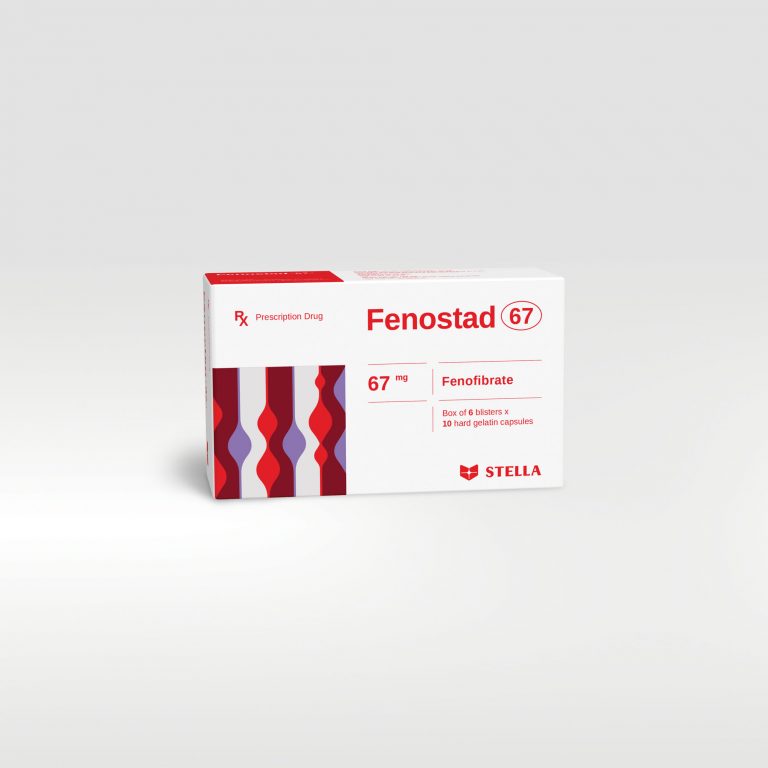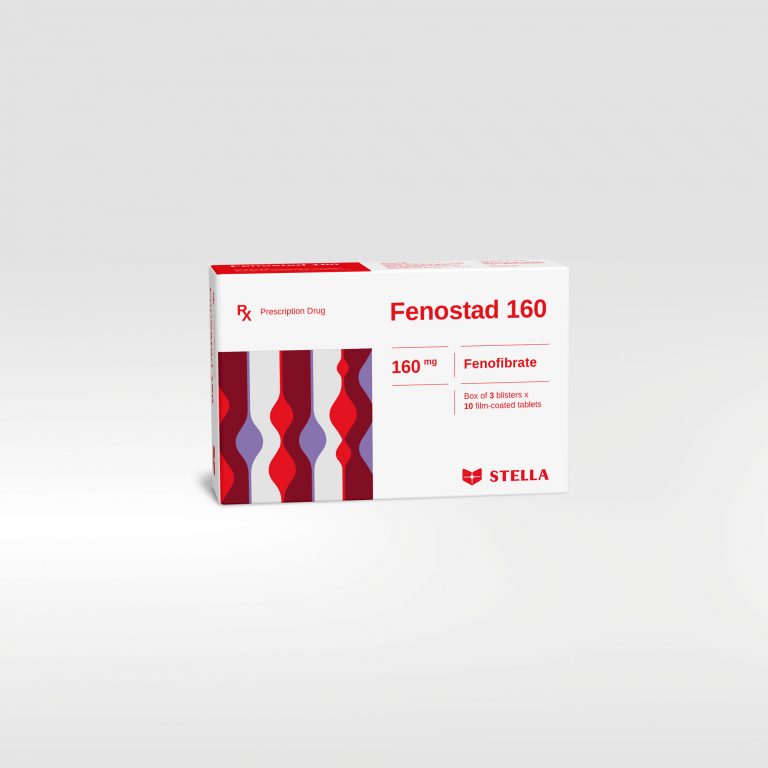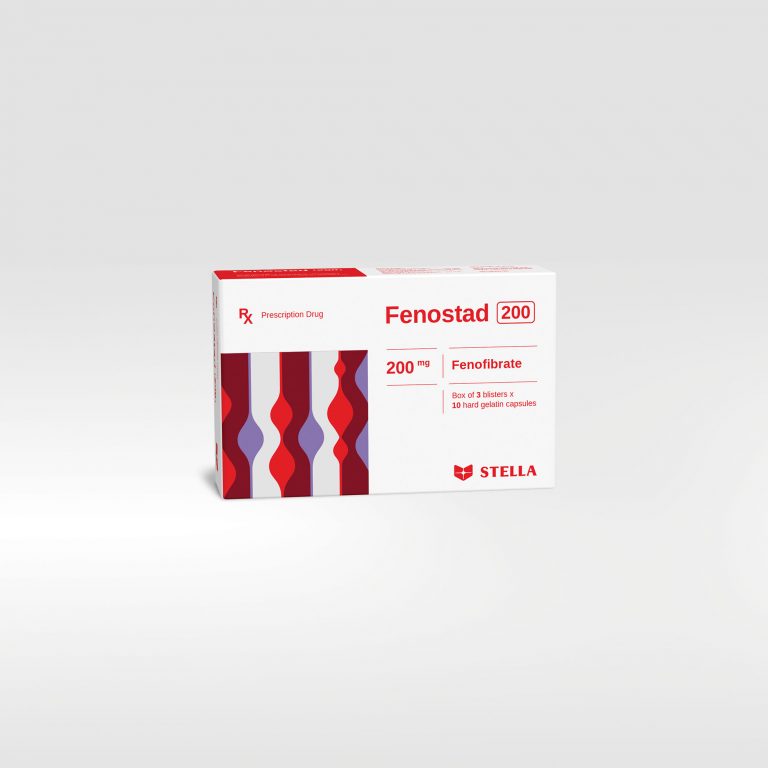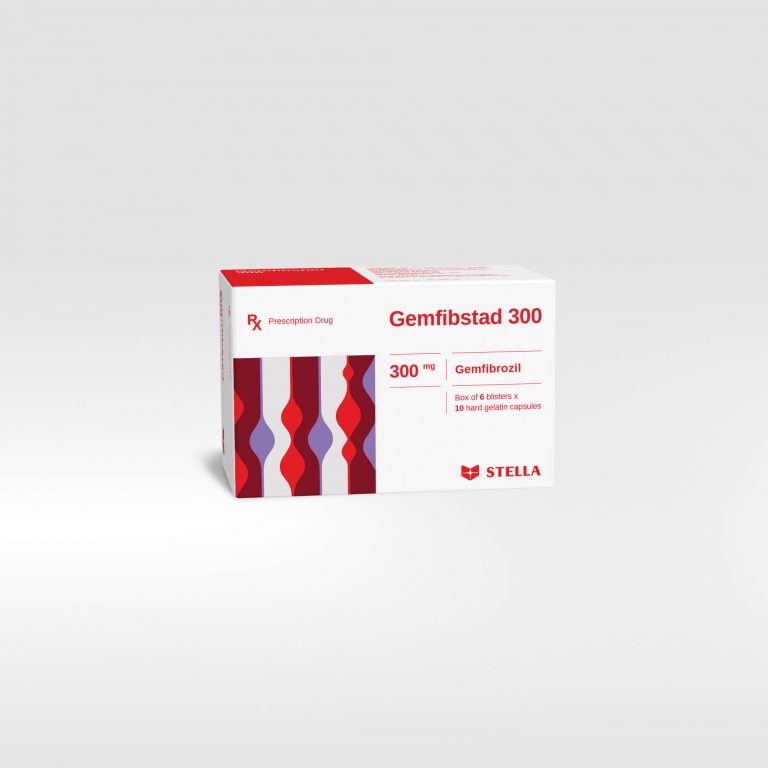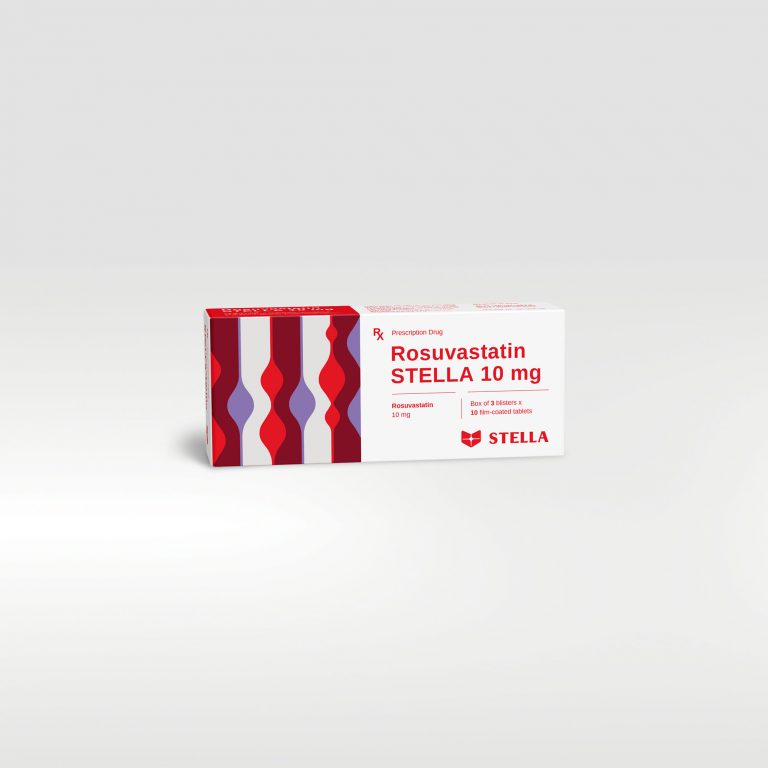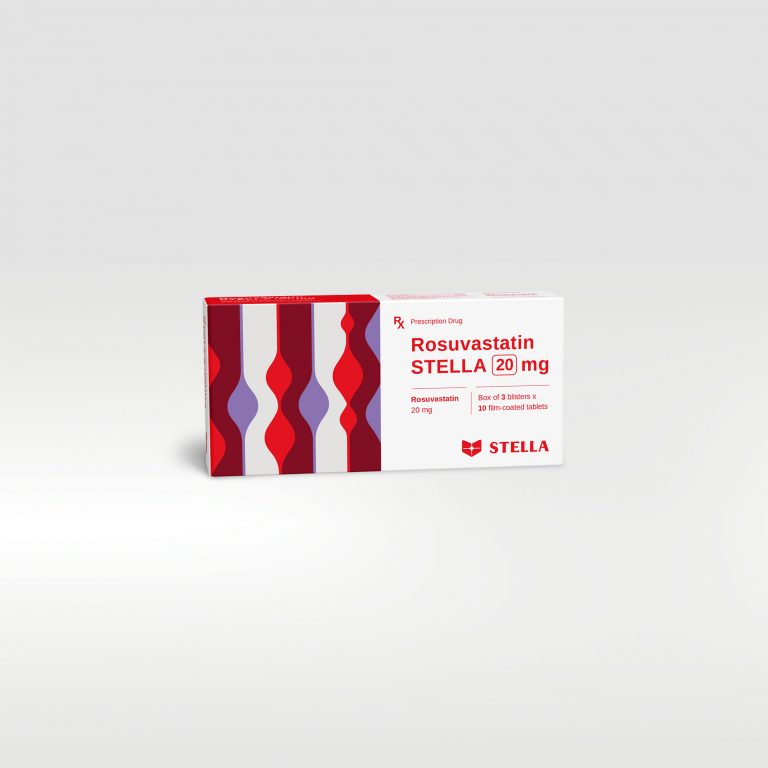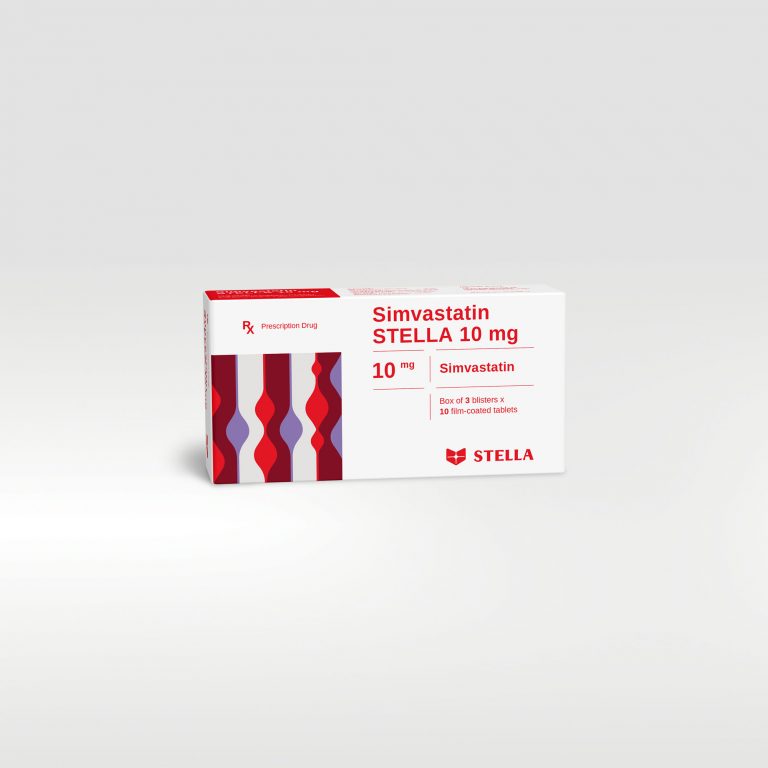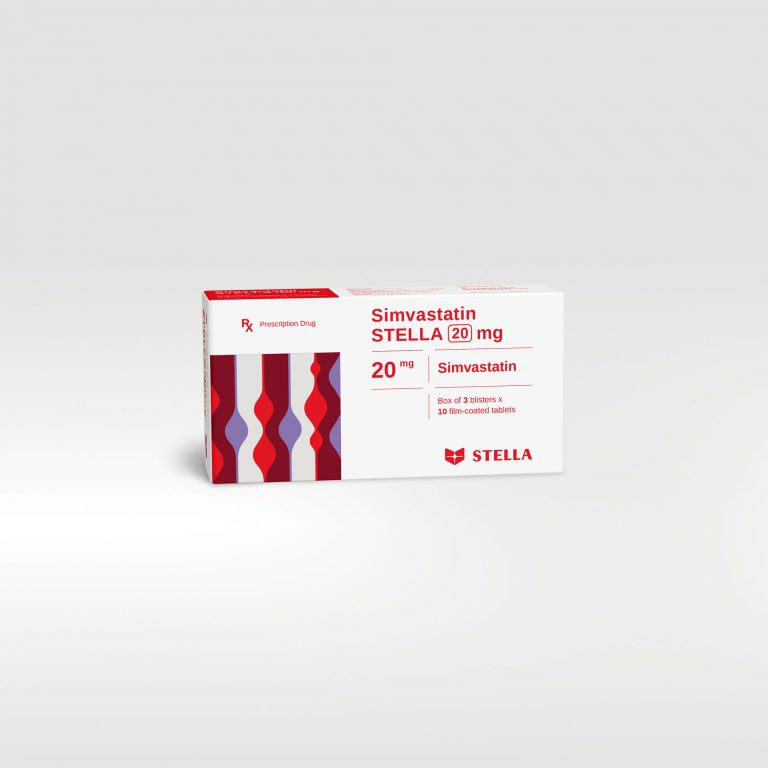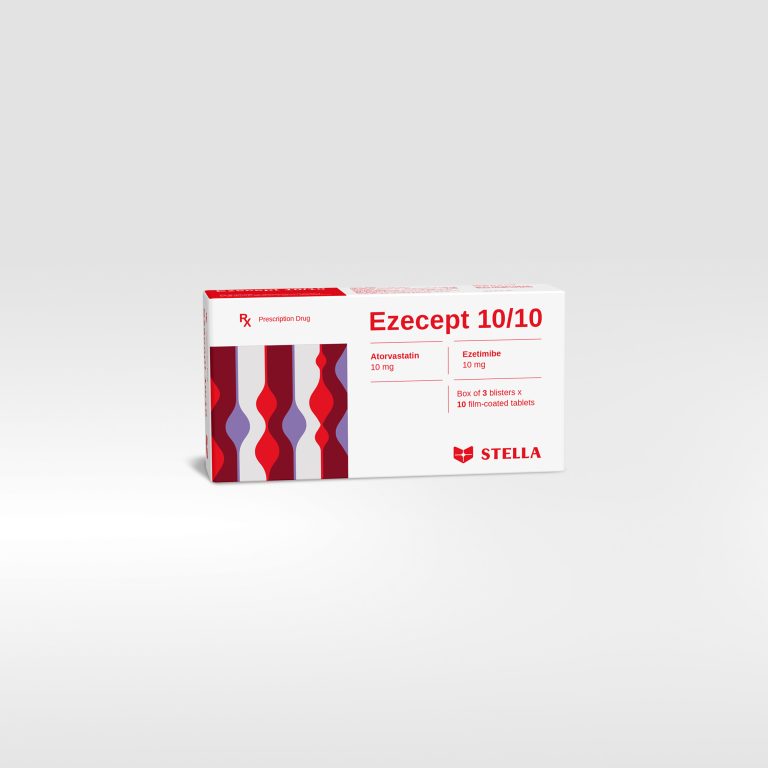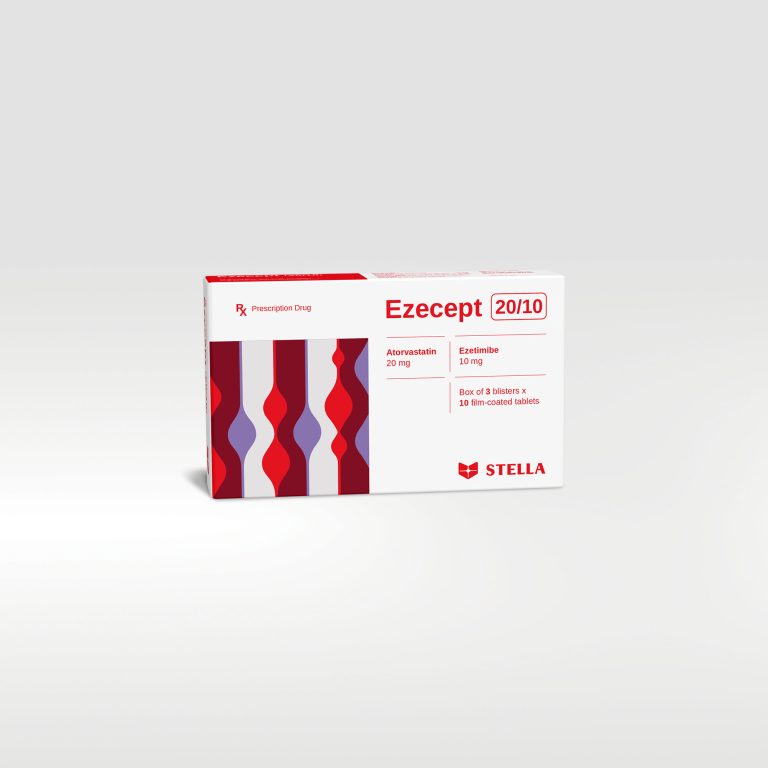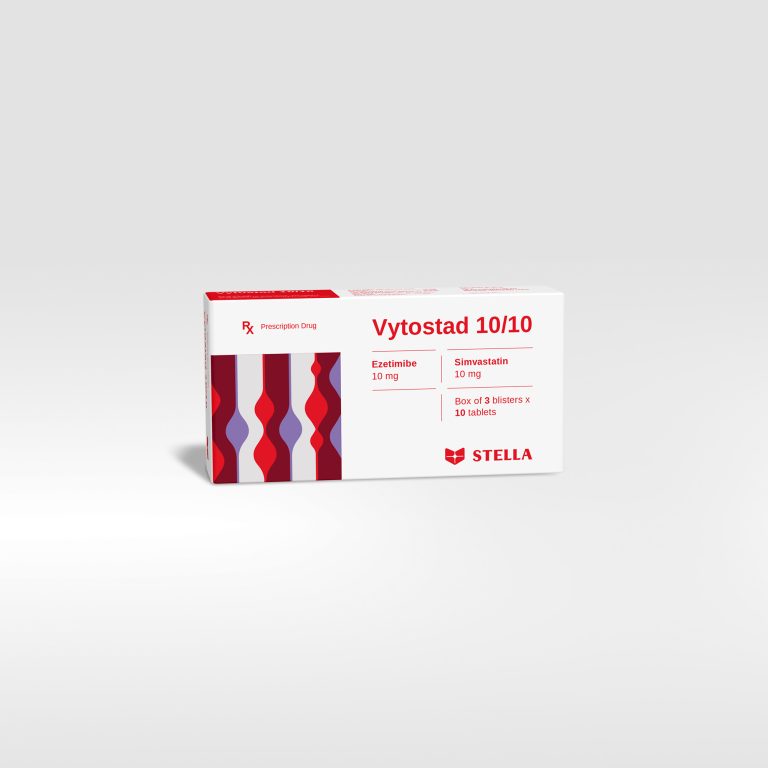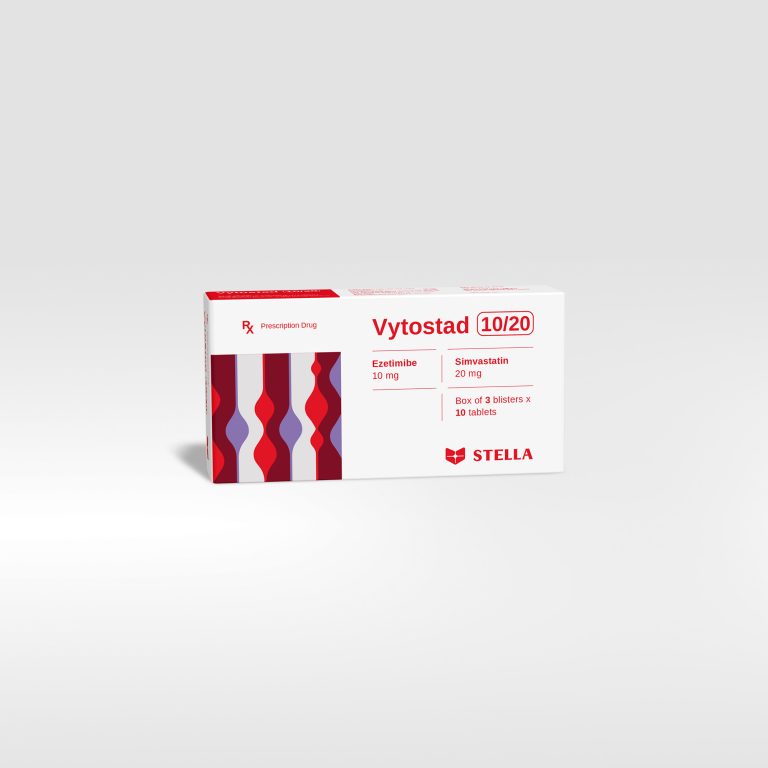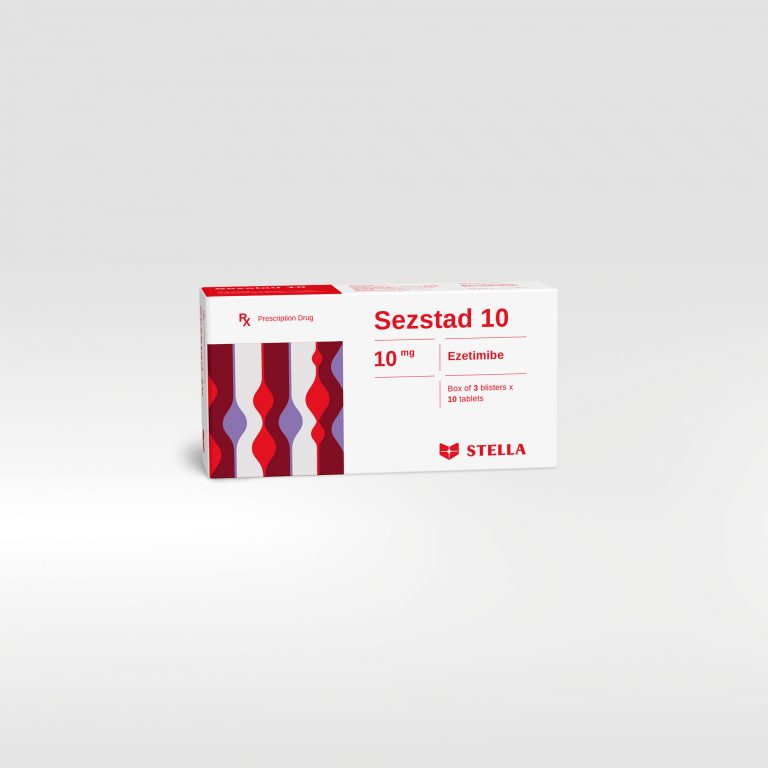Fenostad 100 Rx
Fenofibrate is a fibric acid derivative whose lipid modifying effects reported in humans are mediated via activation of Peroxisome Proliferator Activated Receptor type alpha (PPAR alpha). Through activation of PPAR alpha, fenofibrate increases lipolysis and elimination of atherogenic triglyceride rich particles from plasma by activating lipoprotein lipase and reducing production of Apoprotein C-III. Activation of PPAR alpha also induces an increase in the synthesis of Apoproteins A-I and A-II.
| Pack size | Box of 30 capsules, 60 capsules |
| Shelf-life | 24 months |
| Composition | Fenofibrate |
| Dosage forms and strengths | Hard gelatin capsule: Fenofibrate 100 mg |

